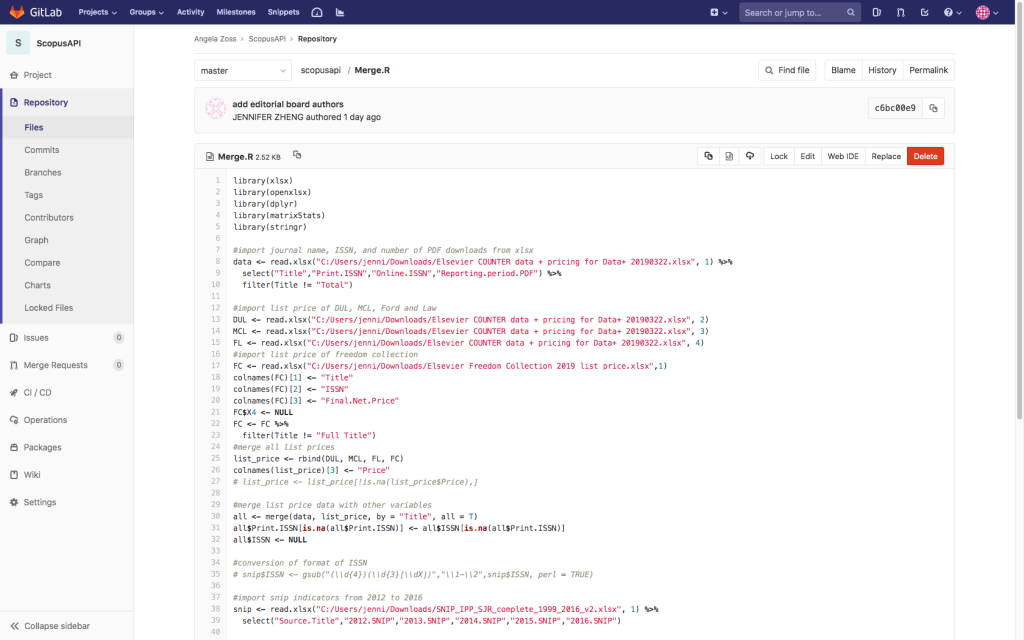The ongoing tensions between academic institutions and publishers have been escalating the last few months, but those tensions have existed for many years. The term “Big Deal” has been coined to describe a long-standing, industry-wide practice of journal bundling that forces libraries to subscribe to unwanted and unneeded publications rather than paying more for a limited number of individual subscriptions. This is a practice you see in other industries – for example, cable packages that provide hundreds of channels, even if you only want one or two specific channels.
What is especially problematic in higher education is that academics produce and review the content that gets published in the journals (for free), and then the universities have to pay the publishers a subscription fee to access the content. Imagine if YouTube required a subscription fee to watch any videos, including the ones you had posted. It’s a system that makes research harder to access and inhibits global scientific progress, all so publishers can earn an enormous profit margin.
Right now, academic publishing is controlled by five publishers (the “Big Five”) – a monopoly that makes it very difficult for libraries to negotiate better deals. Only very large organizations or consortia, like the University of California, have been able to start pushing back against the system. It will likely take large shake-ups like this for any large changes to take hold, but it in the meantime there may be ways to situate ourselves for making better purchasing decisions.
At Duke, we often review our usage of specific journal titles as we prepare to make purchasing decisions. Usage data comes in a variety of forms, but the most popular are counts of Duke views and downloads that come directly from the publishers and the number of times Duke authors publish in or cite a particular journal. There are many other kinds of data that might be of interest, however, including Duke participation on editorial boards, usage differences across disciplines, and even whether or not the journal is fully open access. Blending various data sources and optimizing the search decisions for a given budget cycle can be overwhelming.
Last fall, Duke University Libraries decided to propose a project for Duke’s Data+ summer program – a summer research experience in data science for undergraduate students. Our project, “Breaking the Bundle: Analyzing Duke’s Journal Subscriptions“, focuses on Duke’s subscriptions to journals published by Elsevier. The program is in its third week, and our team of two incredibly-sharp undergraduates has been hard at work building and blending our datasets. Our goal by the end of summer is to have a proof-of-concept dashboard that lets collection managers adjust the weights of various usage measures to generate an ideal collection of journals for a particular budget.
It is still very early in the process, but the students have been hard at work and have made great progress. We decided it would be best to develop the analysis software and dashboard using R, a statistical computing project with a rich history and many helpful development tools. In addition to publisher-provided views and downloads, the students have been able to use websites and APIs to collect data on journal open access status, editorial boards, numbers of publications, and numbers of citations. All Data+ teams present publicly on the projects twice during the summer, and we hope to schedule a third talk for a library audience before the end of the program on August 2.

We look forward to seeing what the summer will bring! While this project is just one small step, automating the collection and analysis of journal usage will position us well, both for responsible purchases and for a hopefully-changing publishing landscape.



One thought on “Data Sciencing our Journal Subscriptions”
Comments are closed.